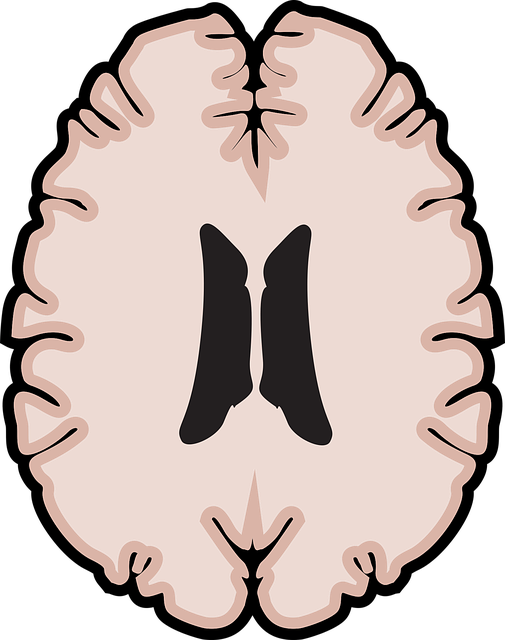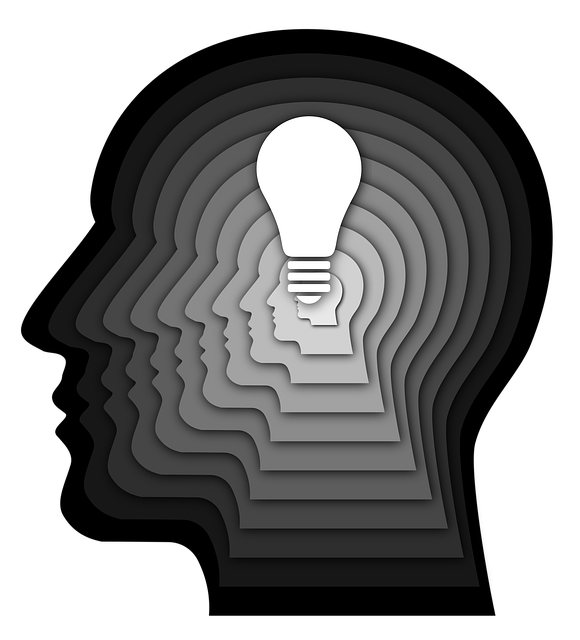In ASL communities, prioritizing self-care for elders is vital due to unique aging challenges and language barriers. Effective therapy should address both physical and mental health, focusing on isolation and accessibility issues. Compassion cultivation and tailored Trauma Support Services enhance well-being, resilience, and emotional regulation. Incorporating American Sign Language (ASL) into therapeutic practices significantly improves communication and self-care for elders, fostering independence and participation in a culturally sensitive manner. ASL therapy offers a non-verbal channel to express emotions and connect, benefiting those with verbal communication challenges. Strategies include daily activities, hobbies, social interactions, and empathy-building for optimal elder care.
Self-care is an essential aspect of overall well-being, especially for elders within ASL communities. Recognizing its significance involves understanding the unique challenges they face and how therapy can play a pivotal role in improving their quality of life. This article explores effective strategies to enhance self-care routines, with a focus on incorporating American Sign Language (ASL) into therapeutic practices. By recognizing the importance of ASL in these contexts, we can create more inclusive and impactful support systems for our elderly population.
- Recognizing the Importance of Self-Care for Elders in ASL Communities
- Incorporating American Sign Language into Therapeutic Practices
- Effective Strategies to Enhance Self-Care Routines for Elderly Individuals
Recognizing the Importance of Self-Care for Elders in ASL Communities

In the American Sign Language (ASL) communities, recognizing and prioritizing self-care for elders is of paramount importance. Often overlooked within cultural contexts, this aspect becomes even more critical as elderly individuals navigate the unique challenges that come with aging and potential language barriers. Therapy for Elders in ASL communities should not only address physical health but also mental well-being, given the profound impact of isolation and accessibility issues on their quality of life.
Compassion cultivation practices and Trauma Support Services tailored to meet the specific needs of deaf elders can significantly enhance their mental health awareness and overall resilience. By incorporating these initiatives, ASL communities can foster environments that not only support but also celebrate the unique contributions of their elderly members. Such efforts will lead to improved emotional regulation, enhanced coping mechanisms, and a greater sense of belonging for this vital demographic.
Incorporating American Sign Language into Therapeutic Practices

Incorporating American Sign Language (ASL) into therapeutic practices can significantly enhance communication and improve self-care for elders in therapy, addressing a critical gap often overlooked in traditional healthcare. ASL offers a unique and powerful tool for non-verbal individuals or those facing challenges in verbal expression, ensuring their voices are heard and needs understood. This is particularly beneficial for elderly clients who might struggle with speech or language due to age-related cognitive changes, providing them with an alternative means of communication that fosters greater independence and participation in therapy.
The use of ASL in therapy sessions can facilitate better coping skills development, depression prevention, and self-esteem improvement among elders. By encouraging non-verbal expression, it opens avenues for exploring emotions, thoughts, and experiences, which is essential for mental health support. This inclusive approach not only enriches therapeutic outcomes but also promotes cultural sensitivity, recognizing the value of sign language as a rich linguistic and social resource for the deaf community.
Effective Strategies to Enhance Self-Care Routines for Elderly Individuals

For elderly individuals, establishing and maintaining a robust self-care routine is paramount for overall well-being, especially as they navigate the unique challenges that come with aging. Effective strategies can significantly enhance their quality of life and promote independence. One powerful tool in their arsenal is therapy, specifically American Sign Language (ASL) therapy, which offers a non-verbal communication channel to express emotions and connect with others. This is particularly beneficial for elderly folks who might struggle with verbal communication or have specific needs that are better addressed through ASL.
Incorporating daily activities that stimulate both the mind and body is key to self-care routine development for better mental health. This can include gentle exercises tailored to their physical abilities, engaging in hobbies they still enjoy, and setting aside time for social interactions—all while incorporating empathy-building strategies to foster deeper connections with family, friends, or caregivers. Additionally, healthcare providers playing a supportive role through burnout prevention strategies can ensure they are equipped to offer the best care without compromising their own mental health.
By recognizing the unique needs and challenges of elderly individuals in ASL communities, and incorporating therapeutic practices that include American Sign Language, we can significantly improve self-care routines. This approach not only enhances communication but also fosters a sense of belonging and well-being. By integrating effective strategies tailored to these communities, we can ensure that therapy becomes accessible and beneficial for all elders, promoting a healthier and happier future for this demographic.











